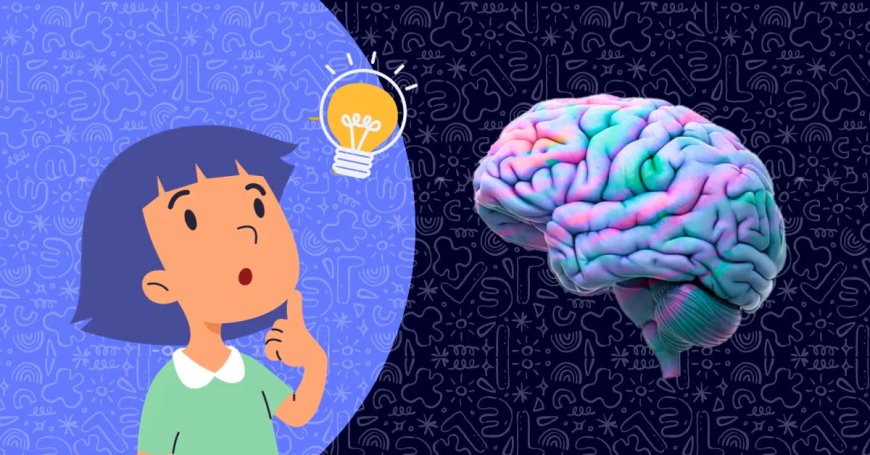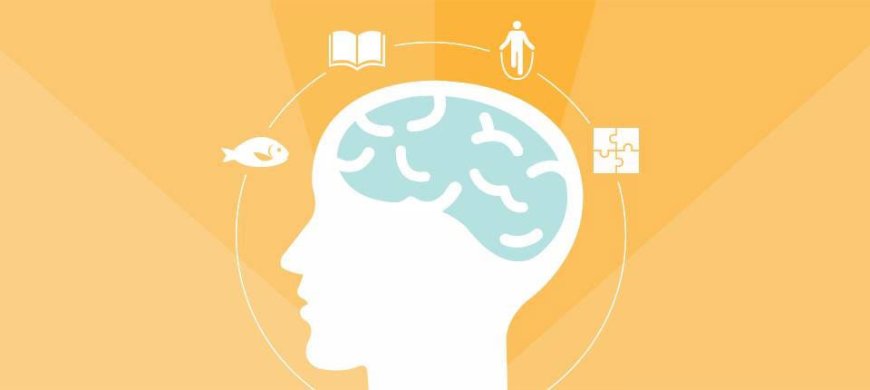Cognitive Learning: History, Functions, Benefits, and Corporate Applications
Cognitive Learning Theory enhances knowledge retention and problem-solving. This guide explores its history, principles, benefits, and corporate applications.

Dear EdTech Türkiye readers,
Throughout life, humans continuously learn—whether mastering basic literacy skills or developing advanced professional competencies. Cognitive learning is a theoretical approach that prioritizes deep understanding, skill development, and experiential knowledge retention rather than rote memorization.
In this article, we will explore the fundamental principles of cognitive learning, its historical evolution, and its applications in corporate training and learning & development (L&D) strategies.
1. What Is Cognitive Learning?
Cognitive learning is a holistic educational approach that enhances an individual's ability to think, reason, and understand. Unlike rote memorization, this method emphasizes understanding the logic, processes, and relationships within information. With a focus on active participation, critical thinking, and problem-solving, cognitive learning ensures that knowledge and experiences become permanent and adaptable to new situations.
Key Principles of Cognitive Learning:
- Active Learning: Learners acquire knowledge through experiences, discussions, and creative engagement rather than passive consumption.
- Metacognition: The ability to be aware of and regulate one's own learning strategies.
- Scaffolding: A structured support system that guides learners step by step, reducing assistance as they gain independence.
- Transfer of Knowledge: The skill of applying learned information in new contexts or scenarios.
- Cognitive Load Theory: Optimizing content and activities to prevent overwhelming the limited capacity of working memory.
- Social Learning: Strengthening learning through group interactions, observation, and collaboration.

2. The History of Cognitive Learning Theory
The human effort to understand thinking and learning dates back to philosophers like Plato and Descartes. However, cognitive processes became a focal point in psychology during the "cognitive revolution" of the mid-20th century.
2.1. Cognitive Development Theory (Jean Piaget)
Swiss developmental psychologist Jean Piaget proposed that human intelligence develops through a combination of experiences and internal processing. He outlined four cognitive development stages:
- Sensorimotor Stage (0-2 years)
- Preoperational Stage (2-7 years)
- Concrete Operational Stage (7-11 years)
- Formal Operational Stage (11+ years)
2.2. Cognitive Behavioral Theory (Albert Ellis)
Founded in the 1950s, this theory argues that human behavior is shaped not by direct responses to stimuli but by how individuals interpret experiences.
2.3. Social Cognitive Theory (Albert Bandura)
In 1986, Albert Bandura introduced the concept of observational learning, emphasizing that behavior is influenced by a dynamic interaction between individuals, their environment, and personal traits. His research on positive and negative reinforcement continues to shape modern learning models.
2.4. Implicit vs. Explicit Learning
- Implicit Learning: Acquiring knowledge unintentionally through social or environmental interactions.
- Explicit Learning: Purposeful learning through structured activities such as reading, studying, and practice.
Cognitive learning expands beyond behaviorist theories by recognizing the importance of mental processes and cognitive frameworks in learning.
3. Key Elements of Cognitive Learning
- Active Learning
Students engage in discussions, group exercises, and case studies rather than just listening to lectures.
- Metacognition
Understanding how one learns, developing strategies, and identifying when and how to apply knowledge.
- Scaffolding (Supportive Structure)
Guidance from an instructor or system that gradually decreases as the learner becomes more independent.
- Transfer of Learning
Applying previously learned knowledge to new tasks and challenges, enabling real-world problem-solving.
- Cognitive Load Management
Ensuring content is structured efficiently to avoid overwhelming working memory.
- Social Learning
Encouraging collaborative problem-solving and peer discussions to make learning more engaging and effective.

4. Applying Cognitive Learning in Corporate Training
Corporate learning & development (L&D) strategies should prioritize deep comprehension, interpretation, and real-world application over memorization. Organizations can integrate cognitive learning principles through:
4.1. Experiential Learning Methods
- Experiential Learning: Employees take an active role in simulated or real tasks, engage in practice, and reflect on their experiences.
- Scenario-Based Learning: Participants solve realistic workplace problems using virtual or role-play scenarios.
- Reflective Learning: Employees analyze past experiences to evaluate their strengths, weaknesses, and future actions.
4.2. Collaborative & Social Learning
- Collaborative Learning: Teams share knowledge, debate, and work on group projects.
- Cooperative Learning: More structured teamwork where each participant has defined roles contributing to shared success.
- Observational Learning: Employees learn by observing mentors or experienced colleagues.
4.3. Inquiry-Based & Discovery Learning
- Discovery Learning: Employees generate hypotheses and explore solutions through experimentation.
- Inquiry-Based Learning: Learners ask questions and find answers when they need information.
- Problem-Based Learning: Teams tackle open-ended challenges relevant to their roles.
4.4. Implicit vs. Explicit Learning
- Implicit Learning: Gaining skills through routine tasks, observation, and repetition.
- Explicit Learning: Structured courses, training modules, and intentional knowledge acquisition.
4.5. Emotional & Receptive Learning
- Emotional Learning: Strong emotional experiences enhance memory and decision-making skills.
- Receptive Learning: Gaining knowledge passively through reading or listening.
- Meaningful Learning: Connecting new knowledge to existing experiences for deeper understanding.
4.6. Behavioral & Gamified Learning
- Behavioral Learning: Reinforcement techniques encourage positive behaviors.
- Gamification: Using rewards, leaderboards, and challenges to enhance motivation.

5. Benefits of Cognitive Learning in the Workplace
✅ Long-Term Knowledge Retention
Employees understand concepts deeply, making them adaptable and applicable in their work.
✅ Enhanced Problem-Solving Skills
Encourages critical thinking, analytical reasoning, and innovation in problem-solving.
✅ Lifelong Learning & Flexibility
Promotes continuous improvement and adaptability to new challenges.
✅ Employee Well-Being & Engagement
Encourages teamwork, reflective learning, and experience-sharing, reducing workplace stress.
✅ Boosts Innovation & Creativity
Enhances the ability to draw connections between different concepts, fostering organizational innovation.
✅ Improved Decision-Making
Employees make data-driven, strategic, and logical decisions.
✅ Stronger Team Collaboration
Social learning and group-based activities reinforce communication and team spirit.
✅ Increased Confidence & Autonomy
Employees with strong metacognitive skills are more independent, motivated, and resilient in facing challenges.
Cognitive learning not only strengthens employee skills but also enhances a company’s adaptability and innovation capacity.
How to Implement This?
- Encourage active participation, critical thinking, and problem-solving.
- Use social interaction, scaffolding, and reflective learning techniques.
- Incorporate gamification, simulations, and scenario-based learning.
- Provide opportunities to apply knowledge in real-world situations.
By integrating cognitive learning principles, businesses can develop a smarter, more competitive, and innovative workforce.
Copyright Notice:
All content on this website is protected under copyright laws. Unauthorized copying, distribution, or reproduction is strictly prohibited. All rights reserved. Prior written permission is required for any form of usage.